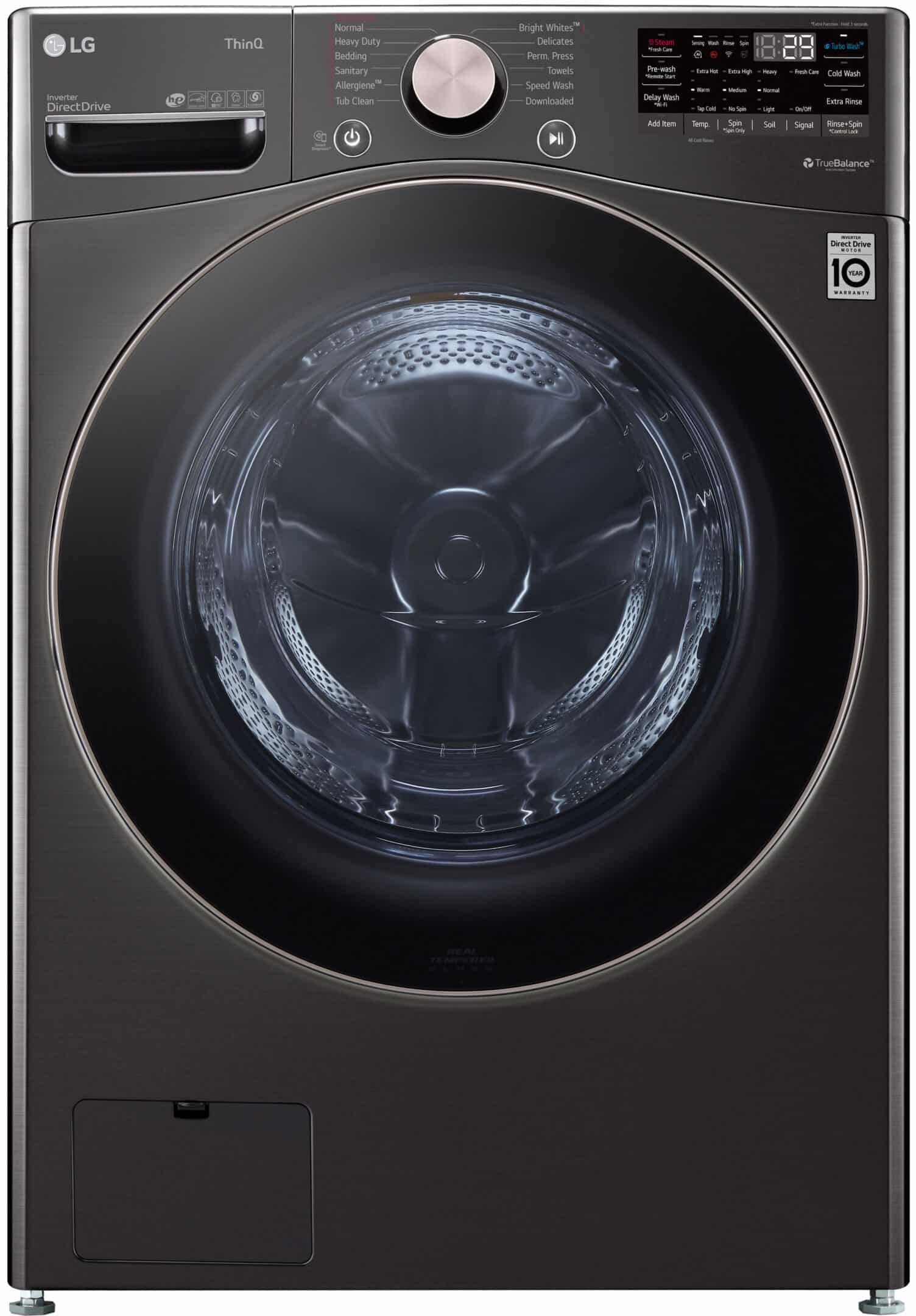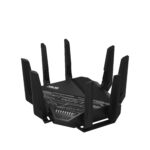A washing machine that refuses to spin is more than just an inconvenience; it’s a sign of a potential mechanical or electrical issue. Understanding the underlying causes can save you time and money on repairs. According to industry data, drive belt problems and lid switch malfunctions are among the most frequent culprits, accounting for a significant percentage of washer repair calls. However, drainage issues and motor problems can also lead to spin cycle failures.
Addressing these issues promptly is crucial, as a washer that retains water can lead to mold growth and further damage. This article provides a practical guide to troubleshooting a non-spinning washing machine, covering common causes, simple fixes, and when it’s best to seek professional help.
Troubleshooting a Washing Machine That Won’t Spin
Common Causes of a Washer Not Spinning
A washing machine that won’t spin can be a real problem. It leaves your clothes soaking wet. Many things can cause this. Here are some of the most common reasons:
Lid Switch or Door Lock Problems
Most washing machines have a safety feature. This stops the machine from spinning if the lid is open or the door isn’t locked. If the switch that checks this is broken, the machine won’t spin, even if the lid is closed. This is a common problem and often easy to fix.
Drive Belt Issues
The drive belt connects the motor to the drum. This makes the drum spin. If the belt is worn out, broken, or has slipped off, the drum won’t turn. Checking the belt is a good first step when your washer won’t spin.
Motor Problems
The motor is what makes everything move. If the motor is bad, the washer might not spin. This is a more serious problem than a bad belt or switch. You might need a professional to fix this.
Drainage Problems
Some washers won’t spin if they haven’t drained the water. A blocked drain hose or a bad drain pump can cause this. Make sure the water is draining out of your machine properly.
Coupler Problems
The coupler connects the motor to the transmission. If it is broken, the washer won’t spin. This is more common in direct drive washing machines.
Electronic Control Board Issues
The control board is like the brain of the washer. If it has a problem, it might not send the signal to spin. This is a more complex issue and might need a technician.
Troubleshooting Steps
Here are some things you can try to fix the problem yourself:
- Check the power: Make sure the washer is plugged in and the circuit breaker hasn’t tripped.
- Check the lid switch or door lock: Look for any damage or loose wires. You can often test the switch with a multimeter.
- Check the drive belt: Look for wear, cracks, or if it has come off.
- Check for drainage problems: Make sure the drain hose isn’t kinked or blocked.
When to Call a Professional
If you’ve checked these things and the washer still won’t spin, it’s time to call a repair person. They have the tools and knowledge to fix more complex problems, like a bad motor or control board.
Cost of Repairs
The cost to fix a washer that won’t spin depends on the problem. A new lid switch or drive belt might cost $50 to $100 for parts and labor. A new motor or control board can cost several hundred dollars. If your machine is old, it might be cheaper to buy a new washer.
Preventing Future Problems
Here are some things you can do to keep your washer working well:
- Don’t overload the washer: This puts extra strain on the motor and belt.
- Clean the lint filter regularly: This helps with drainage and keeps the machine running efficiently.
- Check hoses for wear: Replace worn hoses to prevent leaks.
Understanding Washing Machine Types
There are two main types of washing machines: top-load and front-load. Each has its own way of working, and this can affect what might cause a spinning problem.
Top-Load Washers
Top-load washers have an agitator in the middle of the drum. This agitator moves the clothes around to clean them. These washers are often less expensive than front-load models. They also tend to have shorter wash cycles.
Front-Load Washers
Front-load washers don’t have an agitator. They tumble the clothes in the drum to clean them. These washers use less water and energy than top-load models. They also tend to be gentler on clothes.
Direct Drive vs. Belt Driven
Some washing machines use a direct drive system. This means the motor is connected directly to the drum. Others use a belt to connect the motor to the drum. Each type has its own advantages and disadvantages. Direct drive machines tend to be more reliable, but belt-driven machines are often easier and cheaper to repair.
Why Your Washing Machine Fails to Spin
Front-Loading Washers: Door Closure Issues
Front-loading washing machines won’t spin if the door isn’t shut properly. Check for items caught in the door, preventing a full closure. If no visible obstructions exist, the door latch might be faulty.
A broken latch is often easy to fix. Many homeowners can replace it themselves. For those less inclined to DIY, professional repair services are readily available.
Broken Drive Belts: A Common Culprit
Inside both front and top-loading washers, a belt connects the drum to the motor. A broken drive belt will stop the drum from spinning, leaving clothes soaked and unwashed.
Replacing a drive belt requires technical knowledge. Most users should seek professional help for this repair. Attempting it without proper skills could lead to further damage.
Motor Problems: When the Heart of the Machine Fails
If the drive belt seems fine, the motor itself might be the issue. A worn-out motor can’t turn the belt, which in turn fails to spin the drum. This problem is more complex than a broken belt or door latch.
Motor repairs or replacements are intricate jobs. They require specialized tools and expertise. Professional technicians are best equipped to handle these repairs safely and effectively.
Key points to remember:
- Check for simple issues first, like door obstructions
- Broken door latches are often user-repairable
- Drive belt problems usually need professional attention
- Motor issues are complex and require expert help
Regular maintenance can prevent many of these problems. Users should:
- Balance loads evenly
- Avoid overloading the machine
- Clean the drum and door seal regularly
- Listen for unusual noises during operation
By following these steps, users can extend their washer’s lifespan and reduce the likelihood of spin cycle failures.
Repairing a Non-Spinning Washing Machine
Identifying the Root Cause
A washing machine that fails to spin can be frustrating. To fix this issue, start by creating a checklist of common problems:
- Examine the drive belt for wear or damage
- Check for clothing trapped between the drum and machine
- Verify the power supply is functioning
- Inspect the door latch for proper operation
- Listen for unusual motor noises
Uneven machine placement can also prevent spinning. Use a level to ensure the washer sits flat on the floor.
DIY Repair Options
Many washing machine spin problems can be resolved without professional help. Manufacturers often provide troubleshooting guides on their websites to assist with common issues.
For top-loading washers, check the lid switch. A faulty switch may prevent the spin cycle from starting. Front-loading machines have a similar mechanism called a door lock.
The drain pump and hose should be inspected for clogs. A blocked drainage system can stop the machine from entering the spin cycle.
If strange noises occur during attempted spins, the drive motor might be failing. This component requires careful handling and may need replacement.
When to Call a Professional
While DIY repairs can save money, some issues demand expert attention. Consider professional help if:
- The problem persists after basic troubleshooting
- You lack the tools or expertise for complex repairs
- The washing machine is still under warranty
- Safety concerns arise during DIY attempts
Replacing a door lock or other electrical components can be risky without proper knowledge. Professionals can quickly diagnose and fix issues, often at a reasonable cost.
Remember, attempting repairs beyond your skill level may cause further damage or void warranties. When in doubt, it’s best to consult with a qualified technician to ensure your washing machine receives proper care and returns to full functionality.
Expert Help for Washing Machine Spin Cycle Issues
When a washing machine’s spin cycle fails, professional assistance may be necessary. Skilled technicians can diagnose and fix spin cycle problems efficiently. Repair services often offer:
• Phone consultations with knowledgeable staff
• Scheduled appointments with qualified repair technicians
• Honest assessments of repair vs. replacement options
For older machines, frequent repairs can become costly. In such cases, upgrading to a new model might be more economical long-term. Reputable repair services provide unbiased advice, allowing customers to make informed decisions.
Key benefits of professional appliance repair:
- Expert diagnosis of complex issues
- Access to specialized tools and parts
- Time-saving convenience
- Potential cost savings over DIY attempts
Customers should look for repair services that offer:
- Flexible scheduling
- Clear communication
- Transparent pricing
- Warranty on repairs
When selecting a repair service, consider factors like response time, service area coverage, and customer reviews. Prompt attention to washing machine issues can prevent further damage and extend the appliance’s lifespan.







